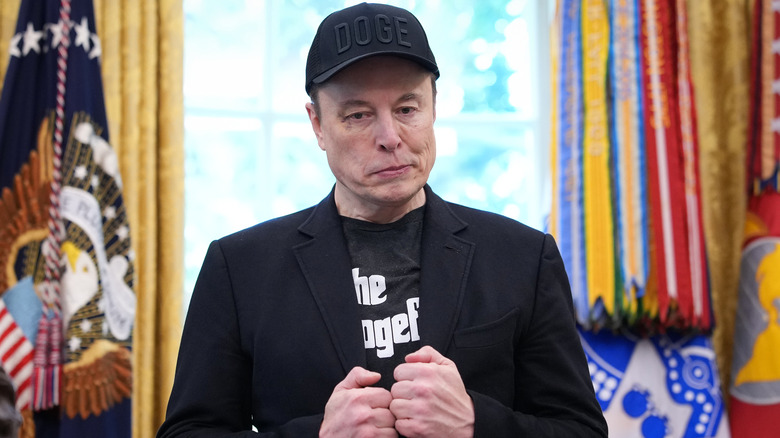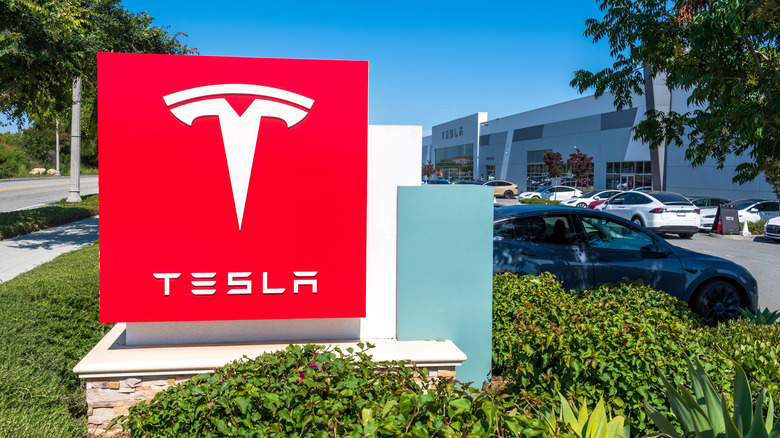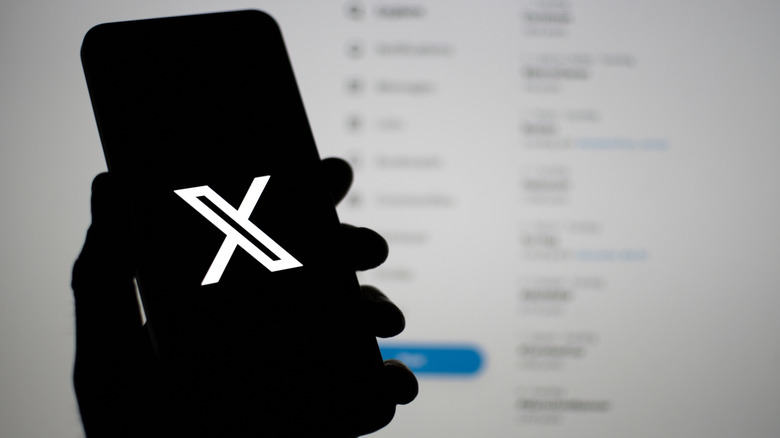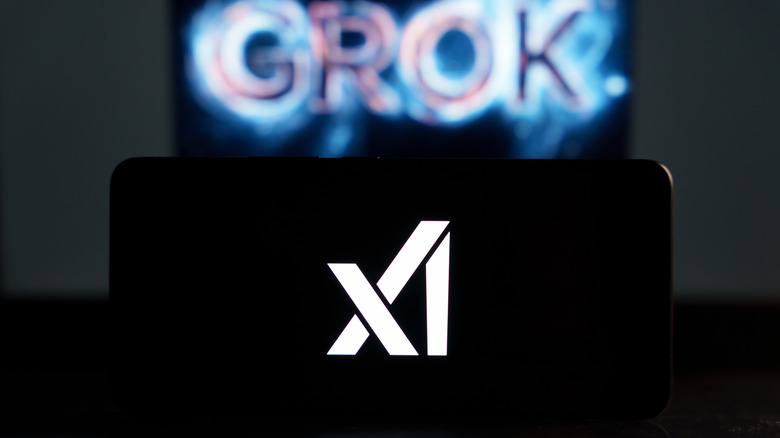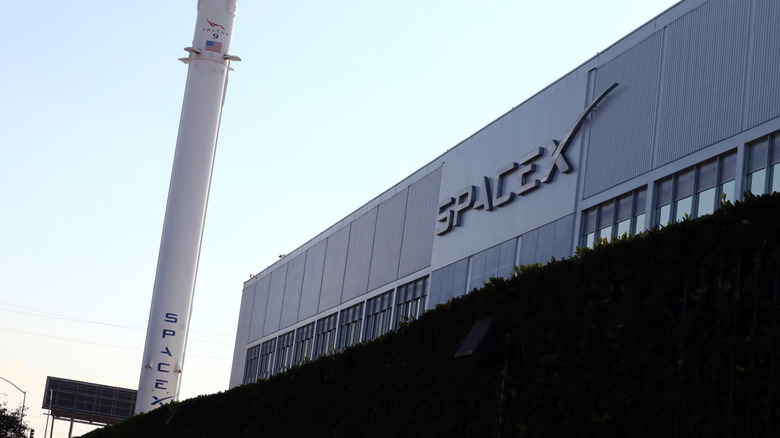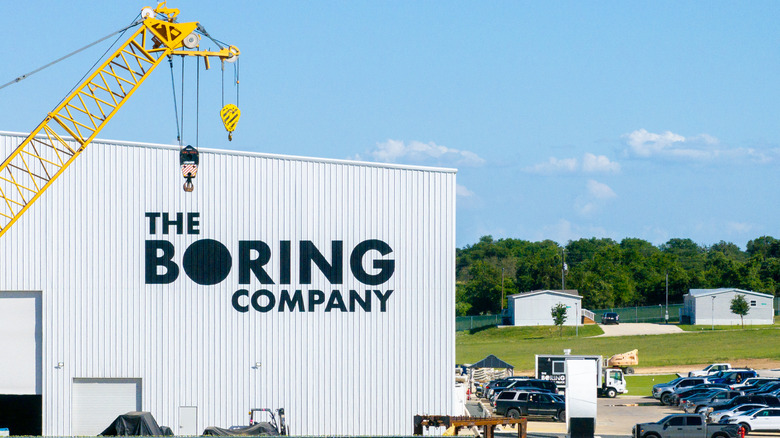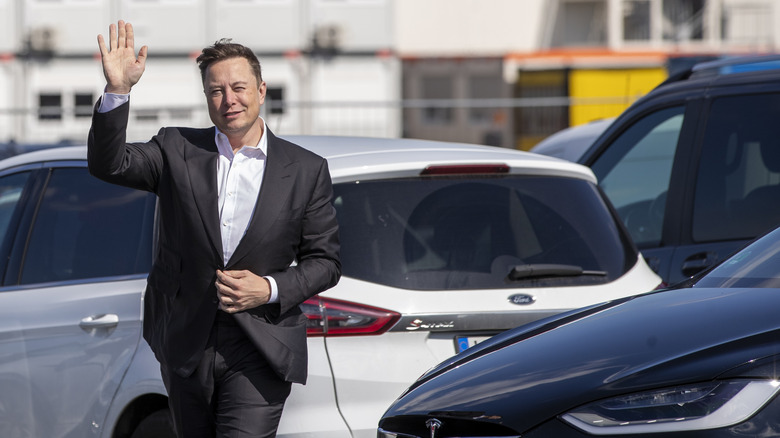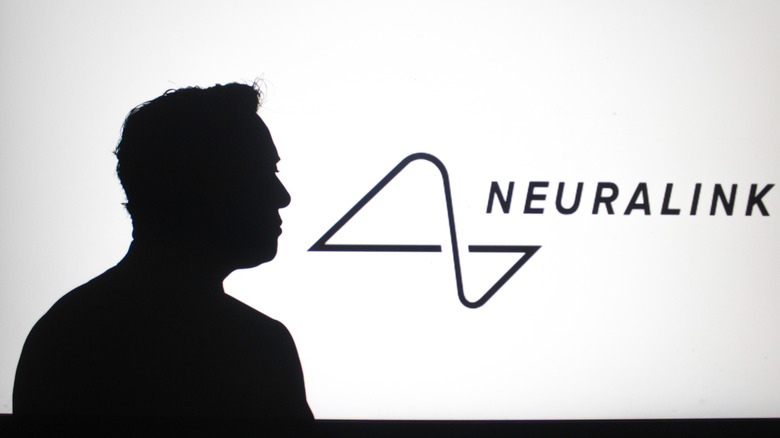7 Companies Owned By Elon Musk
Elon Musk, who is on occasion, the richest man in the world, has a fairly decent business-building resume. From his beginnings at PayPal, to his co-founding OpenAI in 2015, he's made a lot of money despite several hidden failures. At the time of writing, Musk has a stake in seven companies, not including those he no longer owns or has exited. The companies are Zip2, which was sold in 1999, PayPal, which was sold in 2002, SolarCity, which was sold in 2016, and OpenAI. OpenAI was not a sale, but Musk did resign from the board of directors in 2018, which meant his $50 million investment pretty much went out the window.
Musk would go on to sue OpenAI and the CEO, Sam Altman, for several million dollars, claiming that OpenAI operated under unethical business practices and violated agreements by licensing its main product, ChatGPT, to Microsoft, which is a for-profit organization. Musk was also removed from the position of CEO at Zip2 in 1996. Additionally, he was also removed from the board of PayPal in 2000, while Musk was honeymooning after his first marriage. And the $2.6 billion sale of SolarCity was, in fact, to Tesla Energy, which repackaged the firm as Tesla Solar. So, all in all, Musk follows the same trend: Build a great product, scale it, get removed from the leadership team, and sell the stake for billions. Here are the seven companies that Musk currently holds major stakes in — for now.
Tesla
The company that Elon is most famous for is the electric mobility company, Tesla, which Musk once tried to sell to Apple. The company itself was founded in 2003, which was actually long before Elon Musk was associated with the brand. Musk did not actually found Tesla — he was an early investor who was later appointed CEO in 2008, over the original founders, Martin Eberhard and Marc Tarpenning.
Tesla currently offers five main vehicles, which are the sporty Tesla Model S, the entry-level Model 3, the midsize crossover Model Y, and the Model X, which is a luxury SUV, and the polarizing Tesla Cybertruck. Tesla also sells an electric semi-truck, but deliveries were delayed for years before commencing in 2022.
Additionally, Musk has recently debuted display versions of an autonomous taxi, which Tesla calls the Cybercab, priced at $30,000. There is also a Tesla Robot that aims to mimic human workers, but at the launch exhibition, during which this robot was supposed to interact with the crowd, observers discovered that the robot was remote-controlled by a hidden human worker.
Tesla is as much an IT company as it is a vehicle manufacturer, currently employing more than 800 software development engineers, or SDEs for short. Other business activities under the Tesla Umbrella are robotics, renewable solar energy, and EV charging — industries in which the corporation netted $15 billion in 2023.
X, formerly Twitter
As with Tesla, Elon Musk did not found the company, but acquired it several years after its inception. The dealmaking process involved several parties and was far from smooth. Initially, Musk offered to buy Twitter for $54.20 per share, which worked out to about $44 billion in April 2022, and all parties came to the table. However, Musk later sought to withdraw his bid during final-stage negotiations, claiming the agreement he had reached with the social media giant had been violated. After a drawn-out hearing, a Delaware court issued Musk an ultimatum to close the deal for the initially agreed-upon $44 billion. After this, Musk had no choice but to follow through with his initial offer, post which he would appoint himself as the new CEO.
Musk did several things during his first wild week at Twitter, which included, but were not limited to, firing the board, reducing the moderation team's authority, and removing employees' option to work from home. One of Musk's most controversial moves was monetizing the blue-tick verification on X, previously reserved for celebrities, brands, and public figures. With the new scheme, anyone could purchase the blue tick badge for $8 per month and gain additional features within the app, such as fewer ads, longer posts, and higher use of the AI, Grok. By 2024, X's share price had tanked and was down over 71% following the takeover by Musk.
xAI
The company behind Grok, xAI, launched in 2023 and has its headquarters located in California's San Francisco Bay Area. If you asked us what xAI does, we couldn't tell you, and neither could anyone else, most likely. What we can tell you is its official purpose, according to itself, is to "understand the true nature of the universe," whatever that means. The new venture was started not as a limited liability company, nor as a joint-stock business, but as a public benefit corporation. xAI reportedly operates almost exclusively in the domain of artificial intelligence, which is just as well, given its name. Controversially, Musk self-sold X to xAI in early 2025, a move which valued X at $80 billion and xAI at $33 billion.
Musk's critics speculate that the sole purpose of making xAI was to go through with this sale of X, because it had several benefits for Musk. First off, it was an all-stock transaction, meaning that no cash changed hands. Second, it meant that X was now worth $33 billion post-debt, and $45 billion overall. This was a full billion dollars more than the $44 billion that Musk and his other investors had paid, so despite the share price falling in 2024, they were still technically in a net positive. Additionally, the merger gives xAI $30 billion seemingly out of thin air, as the last funding circuit that xAI went through was worth $50 billion – a far cry from the current valuation.
SpaceX
As the name suggests, the company is focused on the exploration of space. Credit where credit is due, SpaceX has made several advancements in the previous decade. This includes designing, launching, and landing reusable rockets with solid fuel propellant, a key factor in humanity's ability to colonize other planets.
Musk's personal goal is to get humans living on Mars within our lifetime. This stems from one of Musk's several hot-take beliefs that Earth will not be able to sustain life as we know it within a few short centuries. At the time of writing, SpaceX's latest rocket model is the Falcon 9, which is leaps and bounds ahead of the famous Falcon 1 rocket that crashed within 25 seconds of lifting off.
Other services offered by SpaceX include launching satellites into orbit for clients, organizing human spaceflights, providing internet infrastructure, and spacecraft development. SpaceX is the company behind the Starlink wireless internet system, and its development focuses on the Dragon space vehicle used to shuttle supplies and people to the International Space Station. At the time of writing, Elon Musk owns a solid 54% of total equity in SpaceX, but through a series of internal structuring and policies, he controls 78% of the voting rights.
The Boring Company
Founded in 2017, this is the same company that once shot a Tesla Model X through a tunnel bored (pun intended) underneath suburban Los Angeles. At its core, The Boring Company, abbreviated to TBC, is a civil engineering firm focused on next-gen transportation. That Model X-in-a-tunnel stunt was actually a test run for what TBC imagines the future of public transportation to be — underground tunnels that don't have traffic, so autonomous cars can drive at speed. While the original idea was to have shuttle pods that would move through the tunnels, when the minimum viable product was tested, TBC had to use Tesla cars, as the shuttle pod idea had proved unfeasible.
Another Boring Company concept, the Loop, has garnered much attention in recent years. An initiative was under consideration in Dubai, in the United Arab Emirates, to build a hyperloop encircling the city. This was one of many projects that The Boring Company, valued at $7 billion in 2023, was involved with, though TBC has yet to show any concrete, scalable solutions. The official mission statement of The Boring Company is to 'solve traffic', and its main solution is to move roads underground, which will also serve to beautify the areas above. While we won't comment on the feasibility of this technology, the idea has faced criticism from the city of Los Angeles and other detractors.
The Musk Foundation
The Musk Foundation is a charitable organization dedicated to Musk's philanthropic efforts. It was founded in 2002 and was actually started as a joint effort by Elon and his little-known brother, Kimbal Musk. The Musk Foundation has no employees, meaning that there will be no public oversight of the decisions of management. Musk has granted the foundation $257 million (as of 2022).
In recent history, the Foundation's donations have come under criticism from the public because Elon has been making massive donations to his own companies. This fact, when it came to light, caused public backlash and led to allegations that the Musk Foundation was not doing its duty.
One key benefit comes in the form of tax, as certain donations can be offset (deducted) against an organization's income, reducing the amount of tax paid. This is evidenced by the fact that Musk has, across time, given the Foundation more than $7 billion, primarily via Tesla shares. This move saved approximately $2 billion that would have otherwise had to have been paid in tax. The Musk Foundation missed its donation quota for three consecutive years, meaning it didn't meet the legal limit to qualify for tax breaks, which put the foundation in the IRS firing line.
Neuralink
Lastly, we have the most radical and perhaps dystopic company of Musk's: Neuralink. According to the company's media, Neuralink focuses on making BCIs, which is an acronym for Brain-Computer Interface. The company's website currently claims that people with Neuralink implants are able to control prosthetic robotic limbs using the device, as well as operate a computer mouse with it. Scientists at Neuralink hope to implant these BCIs into the human brain, with the goal of giving people with neurological conditions more bodily autonomy. While the objective is commendable, there are questions regarding whether it is the right time for such a venture and if the tech is anywhere close to maturity.
As of writing, the prototype that Neuralink is running with — called the N1 — is about a third of an inch in diameter, and gets implanted in the skull. There, sensors within the device attempt to read neuron activity by tapping into the electrical signal produced, and relay that information to where it needs to be. The main objective right now is to focus on signals related to the movement of body parts. However, we do need people to push the boundaries of what's possible, and whether for better or worse, the Neuralink N1 has already begun human testing, with the first-ever implant having taken place in 2024.
